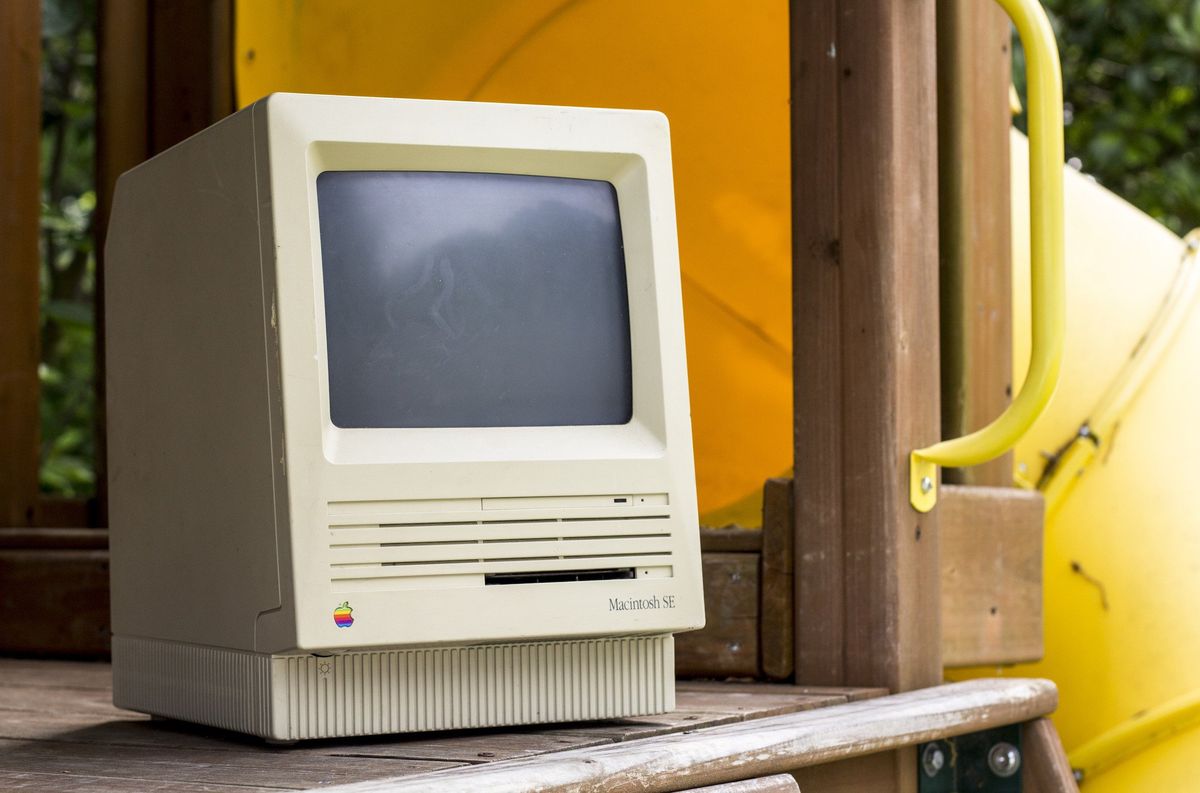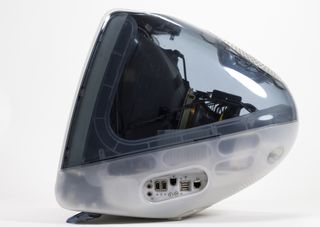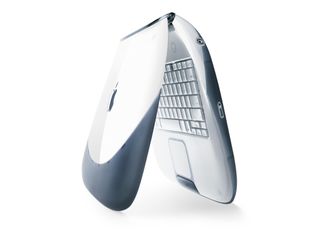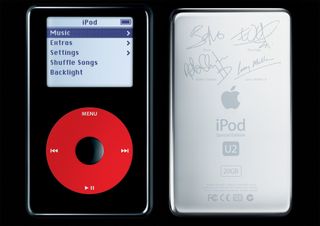Tracing the 'SE' name through history

Mac SE
The first time an Apple product wore the SE badge was way back in 1987, when the Macintosh SE rolled off the line.
The Macintosh SE brought expansion to the "compact" Mac form factor via an expansion slot, in addition to the SCSI port that arrived with the Macintosh Plus the previous year. The SE also helped bring ADB into the world and could be fitted with a second floppy drive or an internal hard drive.
(It also came with a fun Easter Egg embedded into the ROM. Hat tip to John Siracusa for that trip down memory lane.)
The Macintosh SE would be replaced by the "SE FDHD." This alphabet soup of a Mac was more or less a recycled, 8MHz SE with a 1.4MB SuperDrive (!) instead of the 800KB floppy disk drive found on the original SE.
The Macintosh SE/30 is the best known of the three machines with the name. The SE/30 is fondly remembered by the likes of John Gruber and John Siracusa, and for good reason. It came with a much faster 16MHz 68030 processor with a much higher RAM ceiling at 32MB. The second floppy options was not offered in the SE/30, in favor of a built-in hard drive featuring a spacious 40 or 80MB of storage space.
iMac DV SE
The SE name would next appear in October 1999. After Steve Jobs announced a revision to the "Five Flavor" iMacs that brought FireWire and iMovie to the desktop machine with the new "iMac DV" models, he announced one more machine: the iMac DV Special Edition.

Available in a stunning Graphite, this iMac sat above the just-announced DV models, but offered 128MB of RAM and a 13GB hard drive, over the 64MB of RAM and 10GB of storage found on the cheaper, more colorful models.
Master your iPhone in minutes
iMore offers spot-on advice and guidance from our team of experts, with decades of Apple device experience to lean on. Learn more with iMore!
For 2000 and 2001, the iMac SE would include multiple case options, including Snow, Blue Dalmatian and Flower Power.
iBook SE
With the iMac, Apple used the SE name to set apart the top-of-the-line model with its better specs and higher price points. While this strategy was employed for the iMac for several revisions, with the iBook G3 line it was shorter lived.
Offered for sale several months after the original iBook had been on shelves, the iBook SE was identical to the original except for a speed bump that brought it to 366MHz. Of course, it only came in Graphite:

When the iBook gained FireWire in September 2000, the SE was bumped to 466MHz and included a DVD-ROM drive, and was available in Graphite and a bright green color dubbed Key Lime.
For whatever reason, the scheme of using "SE" to note special features and colors at the top of a product line never graduated past the iMac and iBook G3 lines. My guess is that Apple wanted to streamline things, and coupled with the fact that the G4 era meant the end of colorful cases on Macs, it probably wouldn't have made sense to keep the naming scheme going.
iPod U2 Special Edition
So, yeah. I knew when I started writing this article that I would inevitably get to this point. It can't be avoided anymore. Here we are. It's just me, you and Bono's iPod:

Officially named the "iPod U2 Special Edition," the U2 iPod was a black and red and engraved version of Apple's music player.
(The Harry Potter iPods didn't use this naming scheme, oddly.)
Customers who bought this iPod received an iTunes Store coupon redeemable for $50 off of the price of The Complete U2, a collection featuring over 400 tracks.
The U2 Special Edition would be revised a couple of times, keeping up to date with the non-Bono iPods, but was eventually dropped from the lineup in September 2007.
iPod shuffle (Late 2009)
This one is probably pushing the concept of this column, but I think it's worth a mention.
For the Late 2009 iPod shuffle, Apple introduced several new colors, but at the top of the line, with more storage space and a higher price tag, sat a stainless steel model.
While it didn't have a specific product name like the iMac and iBook SEs before it, Apple did refer to this iPod as a "special edition," so I'm willing to count it.
Plus, it looked super cool. Just check out this Apple PR image of the thing:

SE Today
Today, Apple's using the SE moniker on a weird mashup of old and new iPhone technology and design in the iPhone SE. Will this particular model of phone become a normal part of Apple's lineup, or will it fade away like other things that have worn the badge before it? What do you think? Unless you're Bono, sound off in the comments below.
○ iPhone SE review
○ iPhone SE FAQ
○ iPhone SE buyers guide
○ iPhone SE hub
○ iPhone SE specs
○ iPhone SE discussion
○ See at Apple.com
○ iOS 10 news
Stephen Hackett is the co-founder of the Relay FM podcast network. He's written about Apple for seven years at 512 Pixels, and has more vintage Macs than family members living in his Memphis, TN home.
